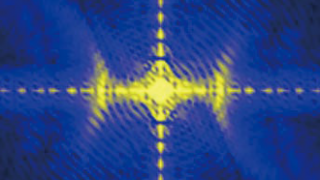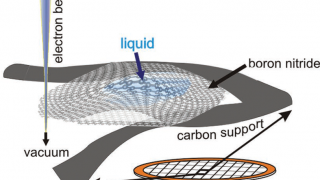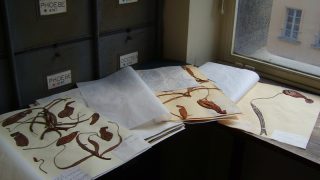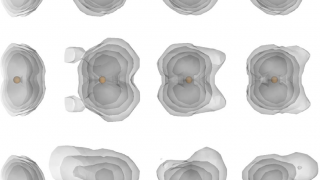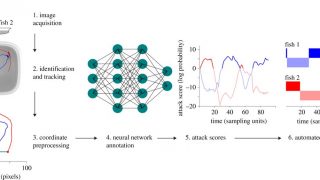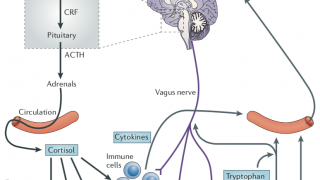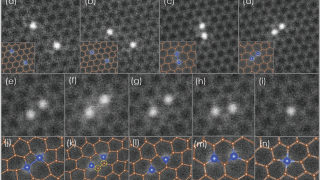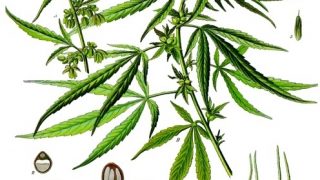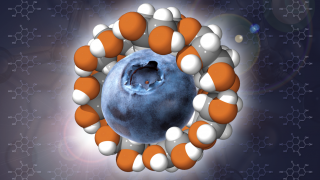
When we forget basic science. Seeking the small details out
It is time to round off this trilogy of articles about the importance of basic science nowadays. But first, how does science improve? A research team selects a topic, creates its hypothesis and workflow and, perhaps, tries to publish an article with the findings. This article is read by a new research team, who will […]
